15 Photobombs That Prove Spontaneity Is the Spice of Life

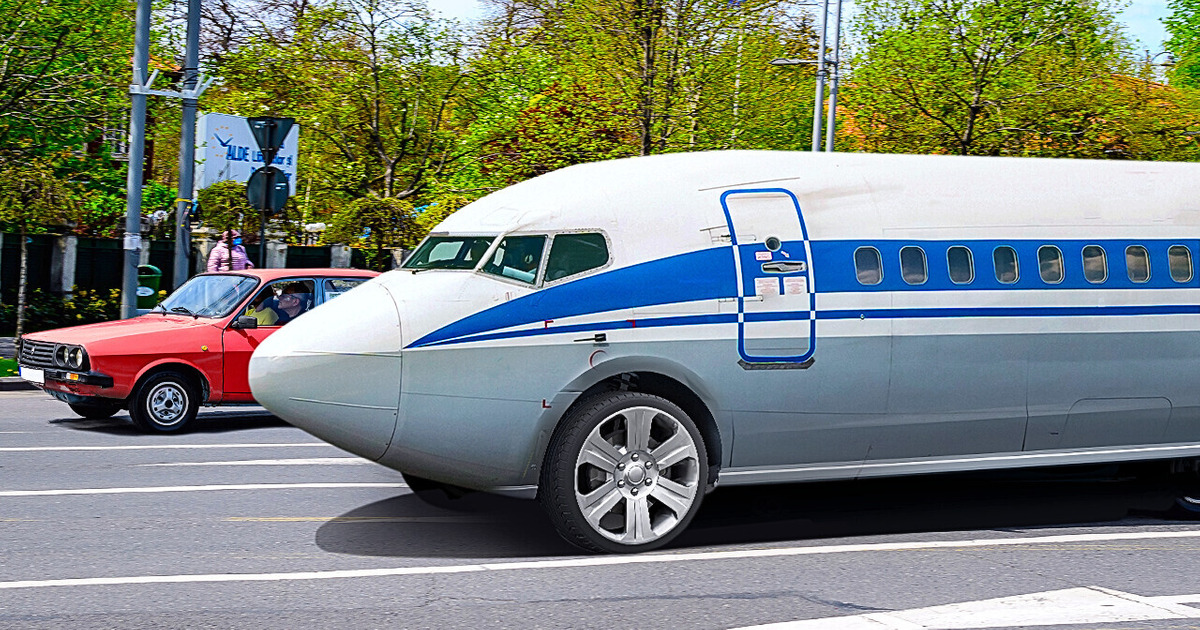
A mechanic from Illinois was called out to tow a crashed vehicle. As he approached the upside-down Ford Ranger, suddenly he was struck with inspiration. Now, most people would only see a wrecked car, but this guy saw a whole new type of vehicle. He then took two pickups, a Ford Ranger and a Ford F-150. Then, he spent 6 months working on a strange new vehicle. With the two cars combined, he created the illusion that there was only one. With enough room for passengers, it’s even legally approved to drive along the road. With the four wheels on top all spinning autonomously in line with the ones on the road, he creates confusion wherever he drives. Yeah, and it looks quite weird even perfectly parked.
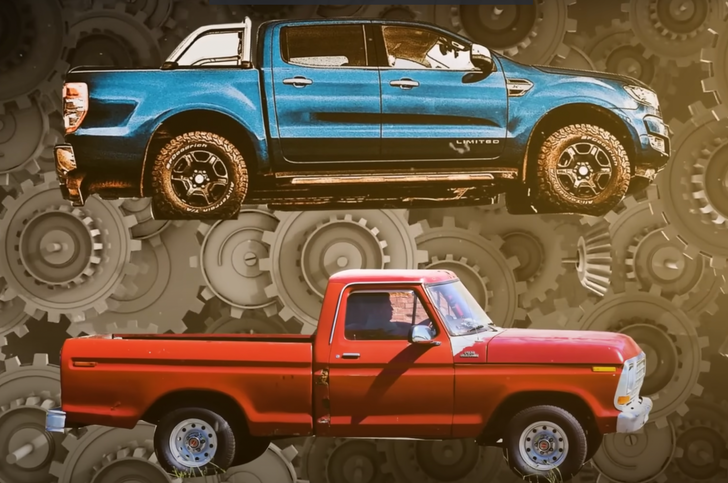
The importance of eating your greens is something many wholesale companies try to convey to their potential buyers. One company in England called Birds Eye went to the next level. And they built a car in the shape of a pea to promote their products. It’s built on the chassis of an off-road go-kart, and it has many parts from a Volkswagen beetle. It may look like a toy but it’s not: equipped with a small Honda engine, this little zooming green pea can even reach 60mph! Unfortunately, you won’t see it anywhere on the road, as its only purpose was for a commercial. But it did gain a lot of fame from ads. Rumor has it, many people even enquired about how they could purchase this weird vehicle.
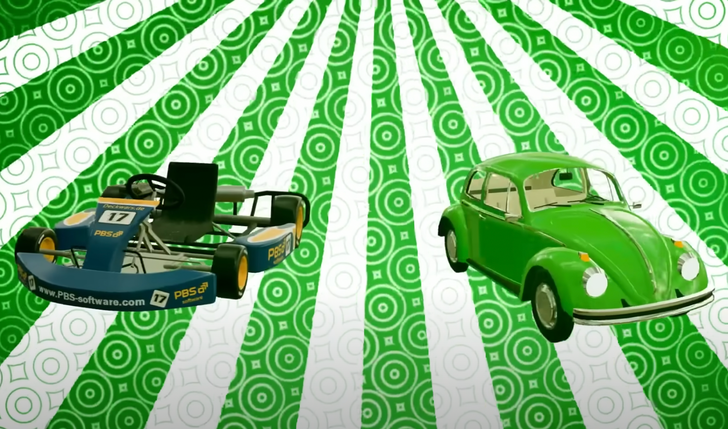
In 1964, a small, lightweight jeep called the Mini Moke was designed in the US. They offered it to Great Britain with the belief it would suit their terrain. Still, the car was rejected for its low ground clearance, and the open side doors weren’t quite adapted for the English weather. It was further offered to warmer climates in Portugal and Australia. The idea was that it could be used for tourism, and it could be an easy way to travel around. But without any other use for fun activities like four-wheel driving, it lost popularity. Still, with the introduction of electric engines, it’s making a comeback. Welp, it’s no surprise: the clearance now is higher, the seats are more comfortable, and the price is quite affordable too: the car costs about $21,000.
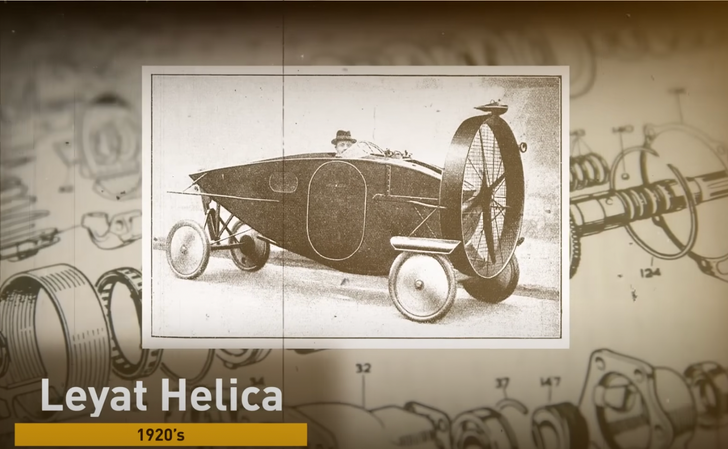
In the early 20th century, cars began to rule the streets. Some of them were steam-powered, but that was far too noisy. There were even electric vehicles, but as they couldn’t be powered outside of cities, they also failed to catch on. But there was another, stranger design. In the early 1920s, the Leyat Helica was invented. It was also called “the plane with no wings”. In this car, the driver sits in the front with one passenger seated behind. The aerodynamic body of Leyat Helica is structured similarly to a plane. It’s mostly made from plywood, with a large propellor on the front to push the car forwards. The designer believed that all the added weight from normal car parts added unnecessary weight. At the time steel was incredibly important for other uses, and the lightweight frame was his solution. Weighing about 550 pounds, this vehicle could reach speeds up to 106 mph. That all sounds fantastic, but there was a serious downside. The car was incredibly noisy, and to protect their ears people had to wear similar headwear as though they were in an actual plane. Not the best choice for a road trip, but surprisingly 30 of these were sold!
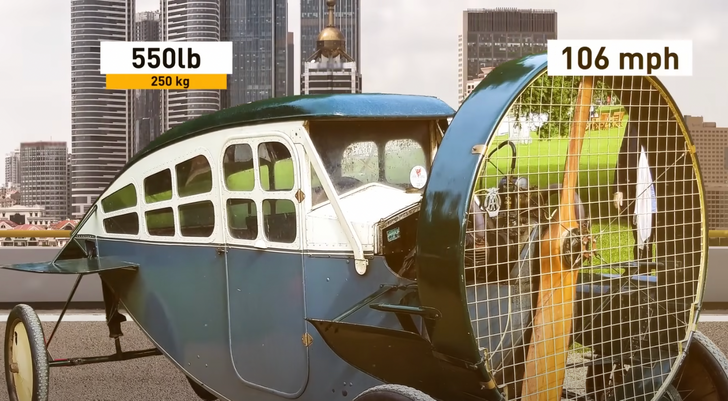
With a shortage of fuel in the 1940s, inventors were trying to find alternate forms of transport. The electric vehicles were looked at again after being left on the drawing board for the past 30 years. So, a brand-new electric car L’Oeuf Electrique was designed in 1938 and then built in 1942. It’s a 3-wheeled egg-shaped vehicle, with room for only one passenger. This egg on wheels was powered by a battery pack. One full charge was enough for this little egg to travel up to 63 miles. It could ride along the roads at its top speed of 44 mph. This tiny car was also quite lightweight — only about 770 pounds. I wish I had such a car today, it would squeeze into any parking spot. Bonus: there were no blind spots in this car, with a 270-degree view around it. But unfortunately, it didn’t catch on, and only one was ever made.
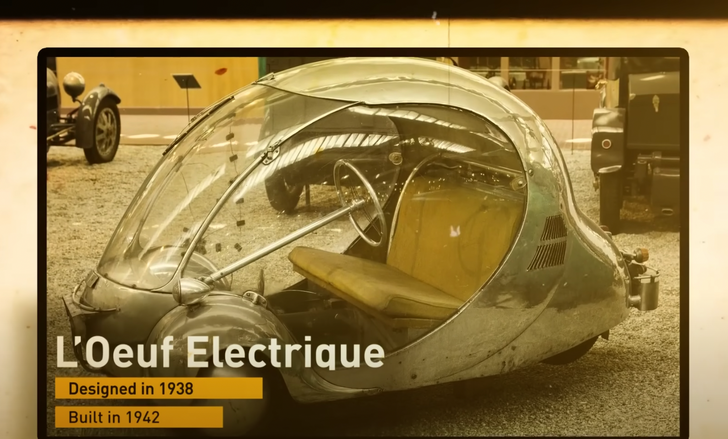
German engineering has always been at a high standard with automobiles. And one model, the Amphicar, took them to another level. A car that could also be driven into the water, and could function as a boat! While driving at modest speeds on the road, the wheels are slightly lower than normal, but once in the water, the front wheels work as rudders. It could sail at a speed of up to 7 knots. The designers were aware it wasn’t the best boat or car. So they advertised it as the best boat driven on the road, and the best car to sail on water. It was actually pretty decent as a seaworthy vessel. Many people were surprised that there were no leaks, even if left docked for several hours. It grew in popularity, and almost 4 thousand vehicles were sold in the 1960s. It even inspired several more models of boat-cars in the automobile industry.
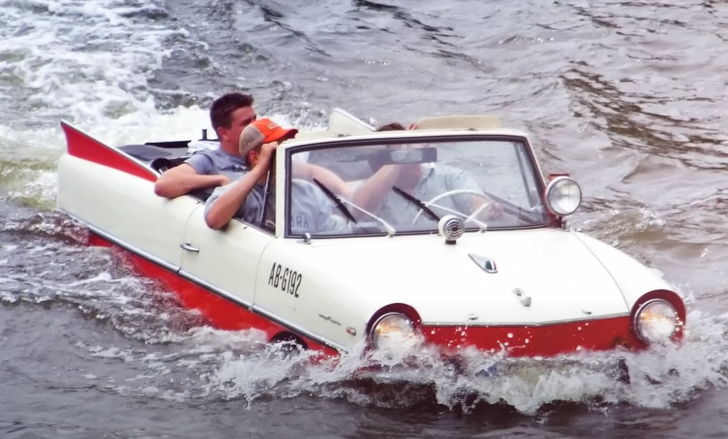
Have you ever wanted to hire a limousine? What if the limo is crossed with a plane? One guy decided he wanted to combine his love for a 727 plane with the ability to drive it on the road. First, he found a plane. Then, he removed the wings and the tail from the body and attached the plane’s body to a Mercedes Benz bus. So, it’s kinda a regular bus in a plane’s disguise. Stretched at 52 feet, it became the biggest limousine in the world. There’s enough room for 40 people, but it can still drive at up to 124mph. The cockpit is mostly preserved, however, a steering wheel was replaced to drive the limo, for obvious reasons. The original folding staircase still works, making it a nice welcome to passengers while boarding the Boeing limo. Surprisingly, it’s registered to be driven on the road, and you can even rent this 24,000-pound limousine.
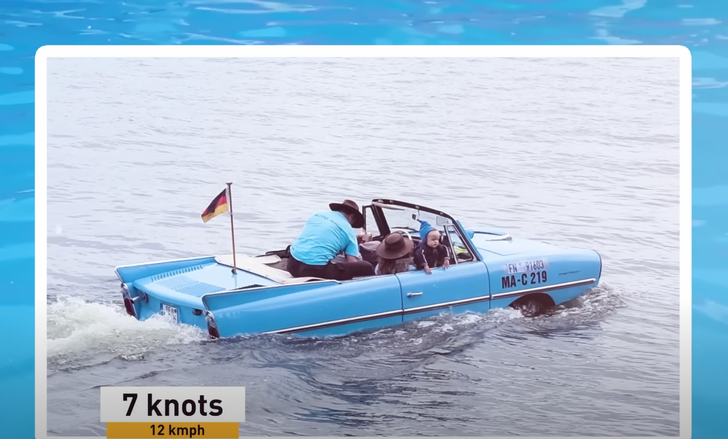
At the beginning of the 20th century, car engines became a lot more efficient. And the availability of affordable gas helped automobiles really kick off. Back in 1927, car designers invented something REALLY posh. Meet Bugatti Royale! It was the most luxurious car ever made, at 21 feet long and weighing 7 thousand pounds, almost twice the average weight of a sedan built today. However, at the time of its creation, there was a great decline in the economies around the world. Unfortunately, this lavish car wasn’t a success, even the royalty of Europe had no interest in such an extravagant purchase. 25 had been planned to be made, but as interest faded only 3 were sold. The production line ceased with only 7 built in the end. The engine design was based on a French aircraft engine and is the largest ever built. But following the failure of the Bugatti Royale, the remaining engines were re-used for newly built high-speed railcars for the French railway system.
In 1930, an inventor — John Archibald Purves — created something he believed will be “the high-speed vehicle of the future”. He got his inspiration from designs made by Leonardo Da Vinci. John felt that the brilliant man was onto something. He then created the Dynasphere, a mono-wheeled vehicle that ran on electricity. This 10 feet high singular wheel, made from lattice iron and covered in leather, weighed around 1,000 pounds. The driver’s seat and motor are connected and mounted on wheels. At first, steering was only possible when the driver leaned to either side, but later a steering wheel was implemented to make it easier. It could reach up to 30 miles per hour. There was some interest in it as a fun activity for the beach. Ah, and a modified version with eight seats was also made. But unfortunately, the designer’s vision of giant wheels covering the highways instead of cars didn’t come true. Probably because he was yet to find a way to stop it from moving, other than running into something.











